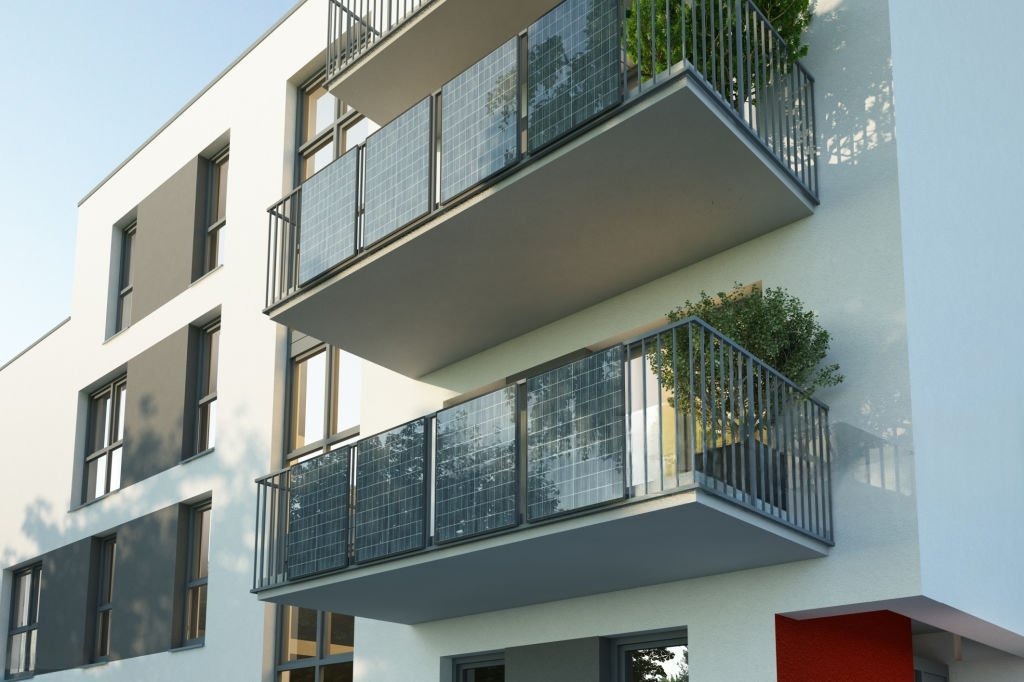Executive Summary
Balcony photovoltaic (PV) systems are transforming how households adopt renewable energy. Compact, affordable, and easy to install, these systems allow homeowners and renters to generate their own electricity—even in apartments.
This guide explains:
-
How balcony PV systems work.
-
The key components required.
-
The critical role of PV cables in safety and efficiency.
1. Introduction to Balcony PV
-
Definition: Small-scale PV systems designed for balconies, terraces, and small outdoor spaces.
-
Purpose: Provide homeowners and renters with a plug-and-play renewable energy solution.
-
Benefits: Lower electricity bills, reduced carbon footprint, and greater energy independence.
2. How Balcony PV Systems Work
-
Solar Power Generation
-
Solar panels capture sunlight and convert it into DC electricity.
-
-
DC to AC Conversion
-
A micro-inverter converts DC into AC electricity for household use.
-
-
Grid Integration
-
Power flows into the home through a socket.
-
Appliances use solar energy first, reducing grid dependency.
-
Surplus power may feed into the public grid (depending on regulations).
-
3. Core Components of Balcony PV Systems
-
Solar Panels: 300–800W per module, durable and weather-resistant.
-
Micro-Inverter: Converts DC to AC, includes grid safety features.
-
Mounting System: Railing hooks, wall brackets, or floor stands.
-
PV Cables & Connectors: Specialized solar wires for safe power transfer.
-
Optional Smart Monitoring: Wi-Fi plugs or apps for real-time tracking.
4. The Role of PV Cables – The System’s Lifelines
4.1 Why PV Cables Are Important
-
Ensure safe and efficient power transmission.
-
Withstand outdoor conditions (UV, humidity, heat).
-
Protect users from risks such as short circuits or fire.
4.2 Technical Requirements
-
Voltage rating: Up to 1500V DC.
-
Cross-sections: Commonly 2.5mm², 4mm², or 6mm².
-
Insulation: XLPE/XLPO, double-layer for safety.
-
Environmental resistance: UV, water, salt mist, and temperature extremes.
-
Fire safety: Halogen-free and flame-retardant.
4.3 Standards & Certifications
-
EN 50618 (H1Z2Z2-K) – European standard for solar cables.
-
TÜV PV1-F – High durability and flexibility.
-
IEC & UL – Internationally recognized safety compliance.
5. Installation Considerations for Balcony PV Cables
-
Short Runs: Minimize voltage drop.
-
Waterproof Connectors: MC4 type, IP67/IP68 rated.
-
Flexible Routing: Ideal for compact balcony layouts.
-
Maintenance: Regular checks of connectors and sheathing.
6. Case Example: A 600W Balcony PV Setup
-
Cables: 4mm² H1Z2Z2-K for DC side.
-
Connectors: MC4, UV and waterproof.
-
Inverter: Plug-and-play micro-inverter connected via standard AC plug.
-
Result: Safe, efficient power generation with minimal installation effort.
7. Future Outlook
-
Smarter Cables: With monitoring for faults and efficiency.
-
Eco-Friendly Materials: Halogen-free and recyclable.
-
Wider Adoption: Balcony PV set to become a mainstream urban energy solution.
8. Conclusion
Balcony PV systems are more than just panels on a railing—they are complete energy ecosystems. Among all components, PV cables play a critical role in ensuring safety, reliability, and efficiency.
By selecting certified cables like H1Z2Z2-K or PV1-F, households can enjoy the full benefits of balcony solar power while staying safe and sustainable.
Winpower Cable is a provider of connection solutions for the new energy system.
Our main products: Solar PV Cable, Energy Storage Cable, EV Charging Cable, Solar PV Cable Harness, Energy Storage Cable Harnesses, and Automotive Cable.
Winpower Cable has passed UL, TUV, VDE, CE, CSA,CQC Certification.
Our main markets: United States, Europe, Middle East, Southeast Asia. And we have 13 years of export experience.
Post time: Sep-23-2025

